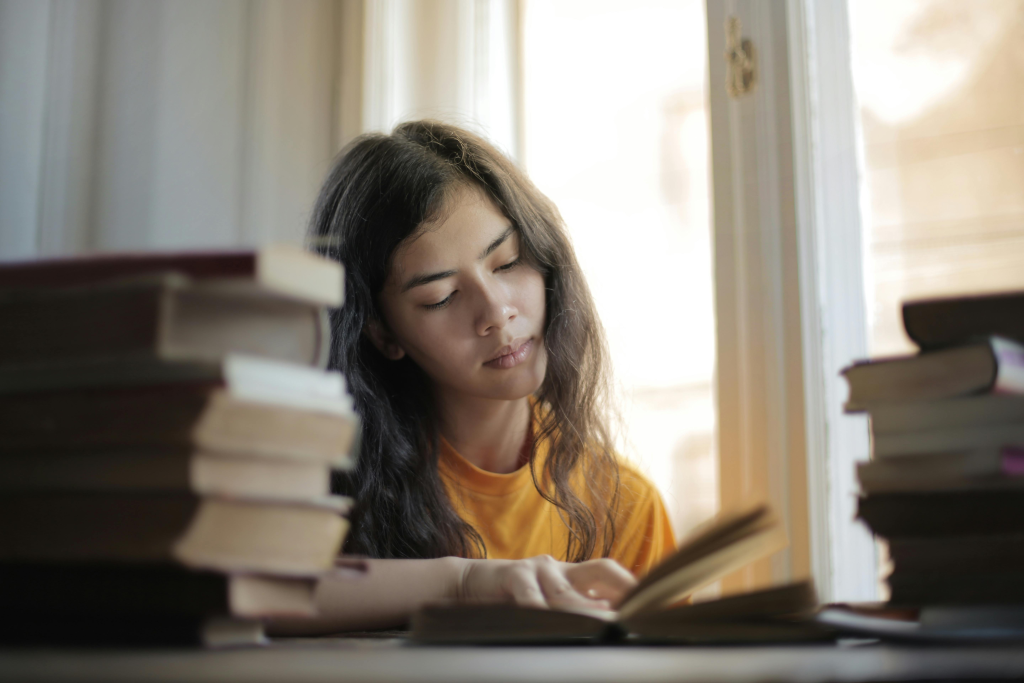Description: How to develop confidence & self-belief in students with low self-esteem and the possible causes
Students with low self-esteem are more likely to be critical of themselves, lack confidence and focus on the times they have failed rather than the times they have succeeded. Self-esteem matters as children who feel good about themselves are more likely to try and succeed at new things, feel proud of what they can do and cope well with mistakes.
Low confidence and low self-esteem can come from a variety of sources:
- Disapproving caregivers
- Bullying
- Society & the media
- Caregivers in conflict
- Poor performance at school
- Unrealistic goals
- Stressful life events
Signs of low confidence and self-esteem:
- Avoiding new opportunities
- Negative self-talk
- Consistent comparison to others
- Fear of failure and embarrassment
- Low levels of motivation and interest
- Struggles to take compliments
- Difficulty making friends
How to help your child develop confidence and self-belief when they have low confidence and self-esteem:
Praise used wisely
It could be easy to think of all praise as good praise but it is thought that some methods of praise actually backfire. The key ways to use praise are not over praising and praising effort.
Over praising
If praise doesn’t feel earned it will not be helpful. If you praise your child even when they have not done well, it will lose meaning. For example, if your child has not performed well in a game you are better off acknowledging that it wasn’t their best game but that you are proud of them for preserving and that their efforts will pay off in long term.
Praising effort
Avoid only praising your child on results. Focus on praising your child for effort, progress and attitude. With this kind of praise a child is more likely to put in effort and approach things with a positive attitude rather than being purely outcome focused, which can lead to self-criticism.
Ban harsh criticism
Children will internalise harsh words about themselves from others. Correct children with patience by focusing on what you would like them to do next time, rather than criticising them harshly for what they have done wrong. Be mindful of your own out loud self-criticism, as your children will hear this and could develop similar habits.
Healthy risks
Rescuing your child from failure all the time can be counterproductive. As long as they are safe and healthy, failures such as making a mess can be great ways to learn responsibility. They then have the opportunity to clean up their own mess and ask for help if they need it. This can also help negate a fear of failure.
Making their own choices
Similar to taking healthy risks, allowing a child to make their own choices will make them feel more powerful. Make sure these choices are age-appropriate and allow them to take responsibility and consider the consequences of their decision.
Helping around the house
Children need opportunities to demonstrate their competence and to feel like they are contributing. For young children, it can be doing small tasks around the house, such as making a bed. The goal here is primarily to make them feel responsible.
Goal setting
Teach your child to work towards a goal and to have pride in their accomplishments. This may mean making sure a goal is within your child’s reach and appropriate for their ability. It is great to have bigger picture goals but don’t forget to have small goals along the way, so your child has more regular points of achievement. This can also help deal with avoiding new opportunities as smaller goals are more manageable.
Interests
Encourage your child to take on tasks they show interest in and make sure they follow it through to competition. This can come hand in hand with goal setting. Each child is an individual and will have different strengths and interests. When re-building low self-esteem the task can be something small, so long as it offers the opportunity for the child to feel accomplishment.
Neuro Linguistic Programming
NLP is a self-development technique that helps people to manage their thoughts and emotions to improve their self-belief. When used with children NLP looks at learning style, categorising this into three different types: visual learners, auditory learners and kinaesthetic learners.
Once this is established various techniques can be used to make sure the individual has the best opportunity to take on information. This is thought to result in a better understanding of the topic and allows the child to communicate their own thoughts on the subject meaningfully. As a result, students gain more confidence in their ability to learn and their performance.
Be patient
It is important to remember self-esteem can fluctuate and positive changes can take time to manifest. If you are putting in work to encourage your child’s self-esteem do not be disheartened if they don’t show immediate changes. Your attitude has a knock-on effect, so be sure to approach this with enthusiasm and take on board some of these tips for yourself!




